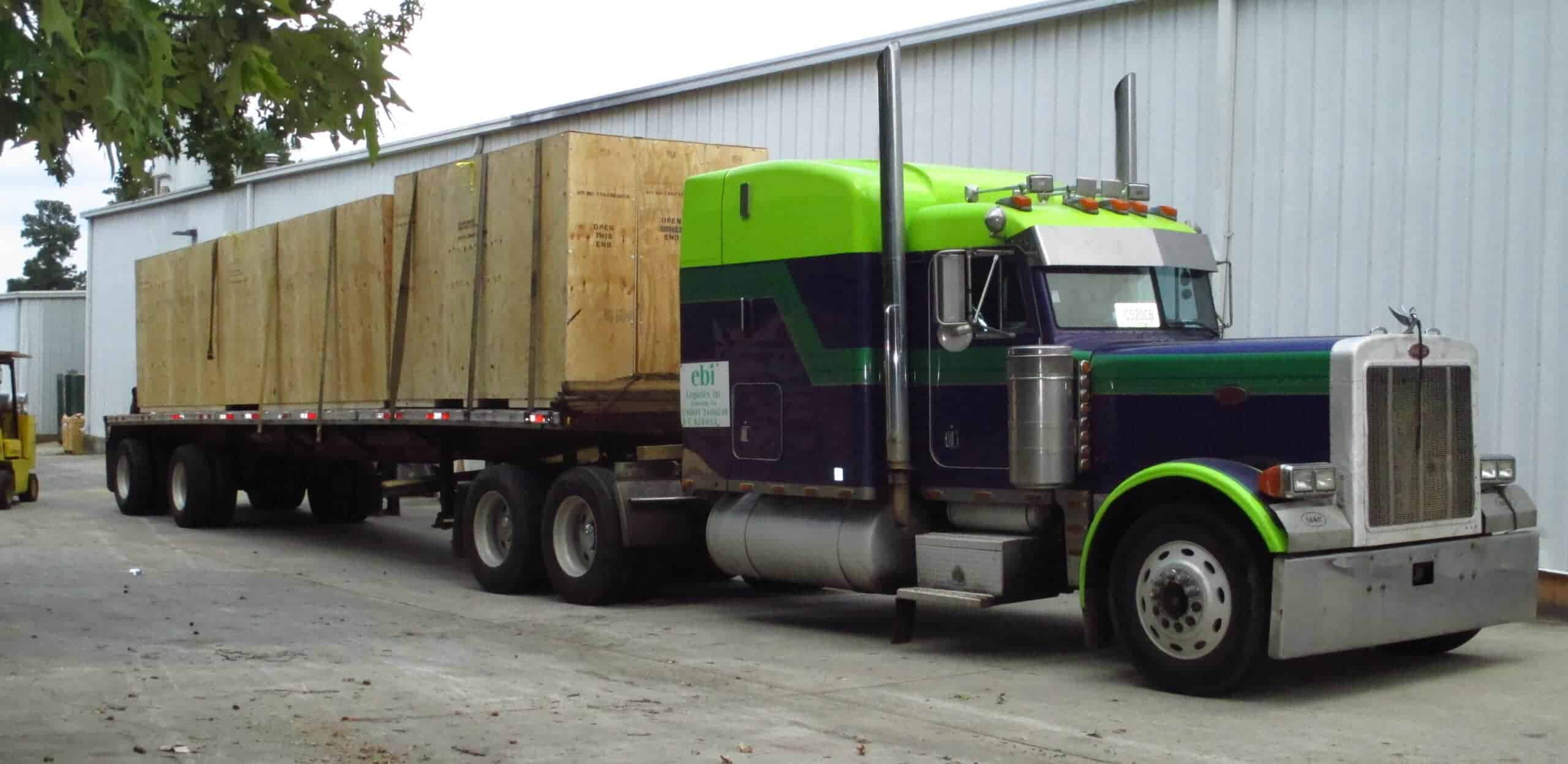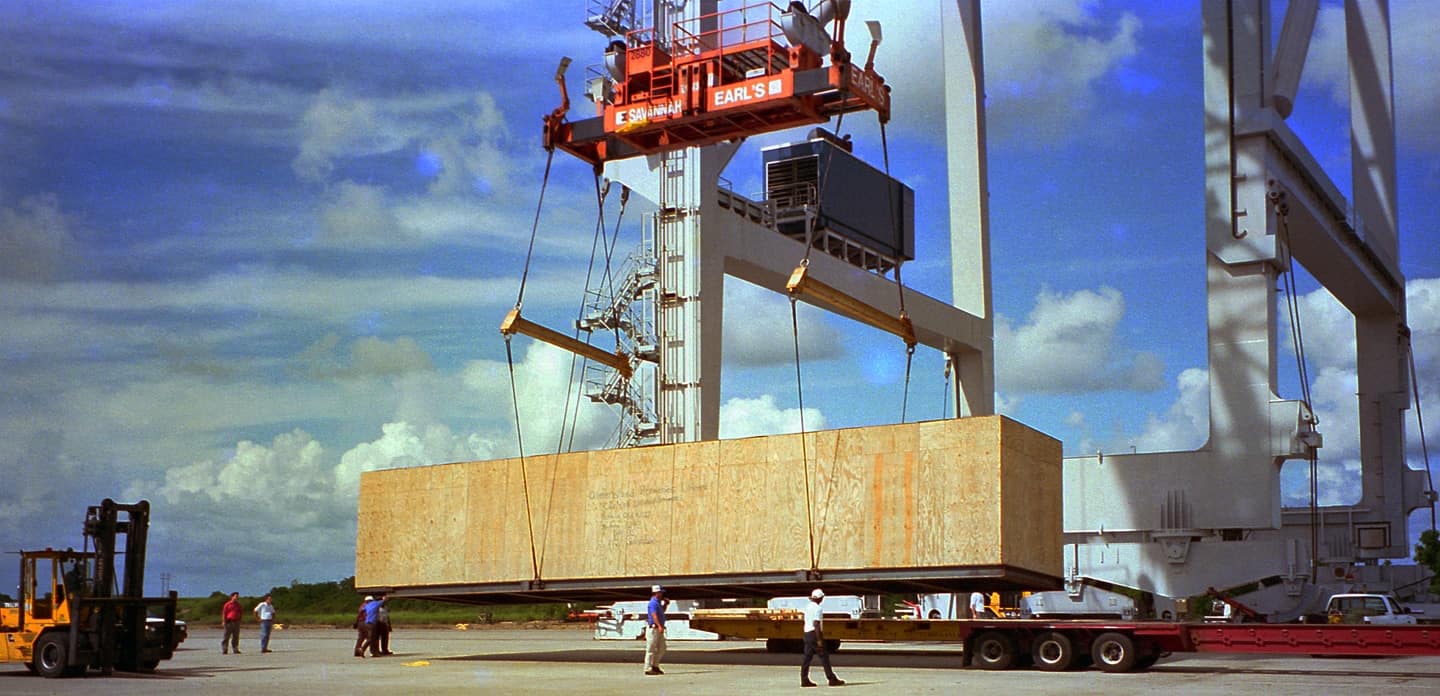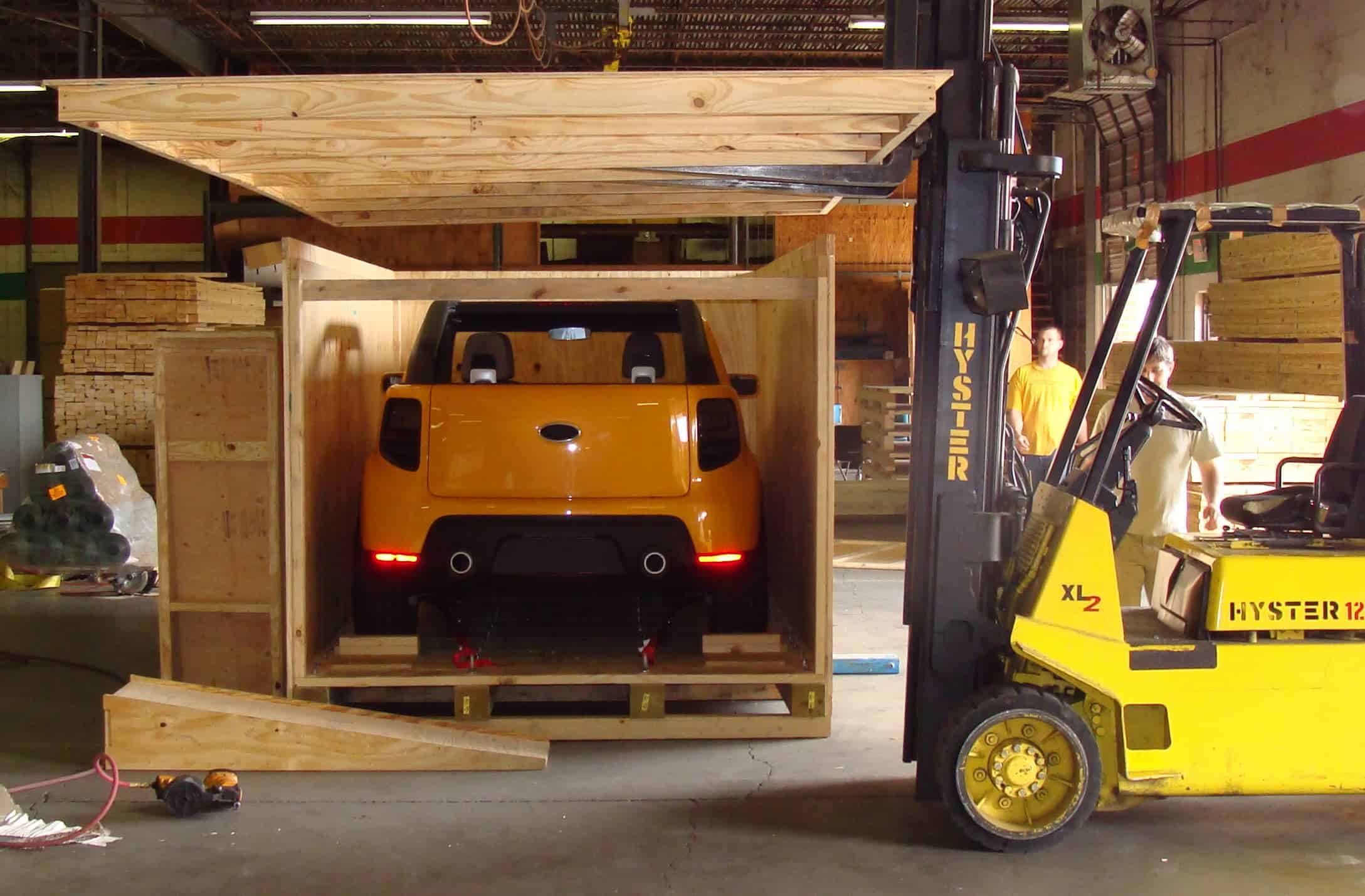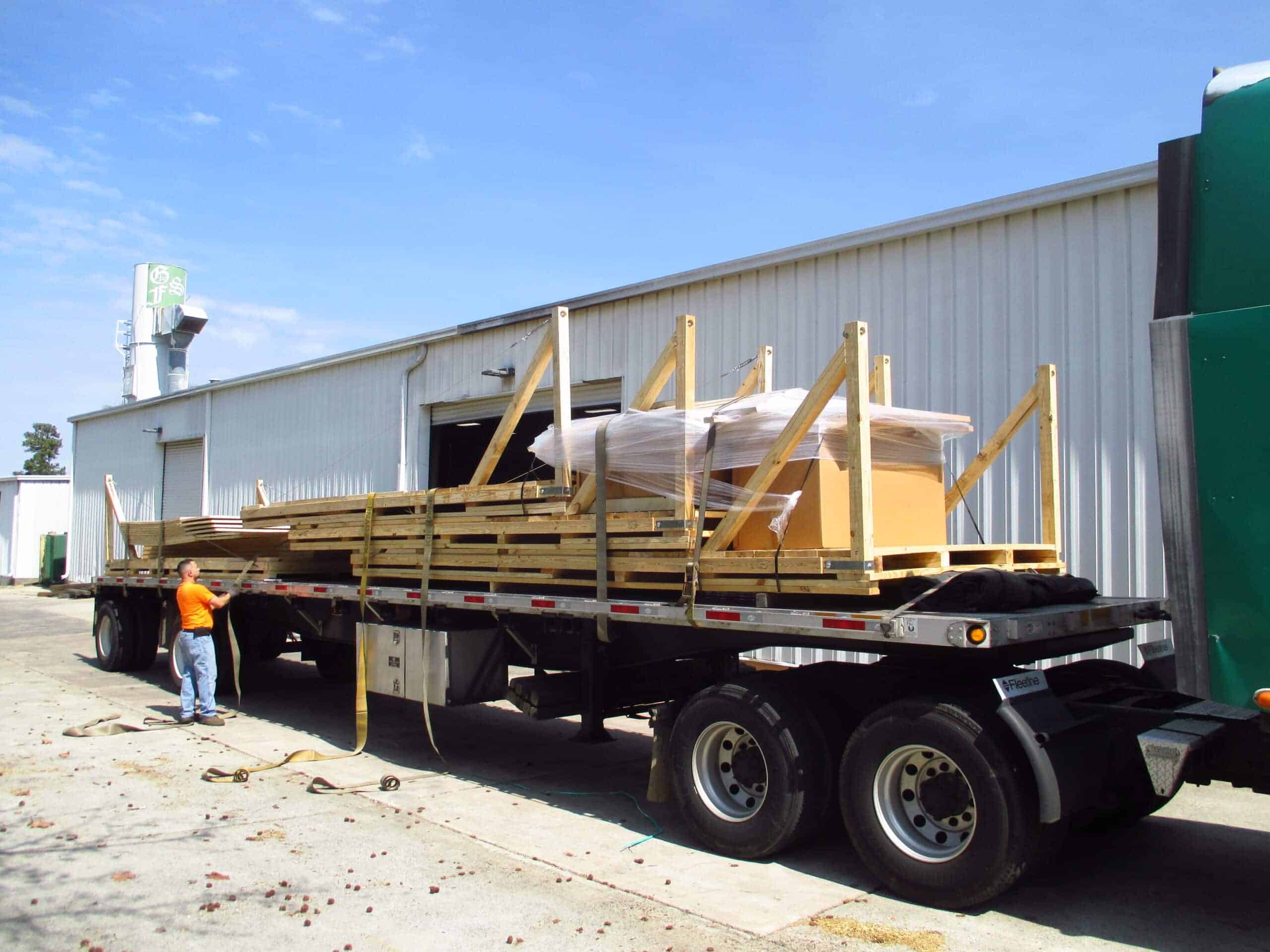General Transport Packaging
Our packaging designers work closely with your team to develop transport packaging solutions that work for your specific needs and deliver your product to its destination without any problems.
Reid Packaging offers safe, reliable transport packaging for all modes of transportation.
Getting valuable products from point A to point B safely is our specialty. We’ve been doing this for aerospace, military, electronics and other major manufacturers throughout our 40-year history. But protecting valuable goods in transit isn’t always as easy as it seems. Different modes of transportation require different packaging approaches. Our packaging designers work closely with your team to develop transport packaging solutions that work for your specific needs and deliver your product to its destination without any problems.

Transport Packaging for Truck Travel
Truck travel is the most common type of transit packaging that we prepare. Most crates and boxes will spend some time on a truck, even if they are destined for a ship or train. Though they are a convenient and fast way to ship products to end-users, trucks present their own unique challenges.
- Vibrating, jostling and bouncing occurs in all truck trips. Fragile products need to be cushioned, with cushions acting like springs to isolate from vibration and to minimize shock.
- It is very important to consider how the truck will be loaded. Optimizing the load means considering what type of lift will get the product onto the bed, and then how weight will be distributed and held.
- In the case of flatbed transport, considerations of wind and weather are very important.
- Transporting liquids and hazardous materials require special considerations in packaging design.

Transport Packaging for Ocean and Sea Freight
Cargo ships carry the vast majority of goods destined for other countries and continents. Products destined for sea freight are either packaged into shipping containers or, when they are too wide or too tall, must be fully crated for the journey. Though ships can offer an exceptionally smooth ride, they present unique challenges as well.
- When doing full crating for a large object (i.e. when it is not going into a shipping container) we give instructions about moving the large container. If it will be moved with slings, then it needs markings about where to put the slings and it needs extra reinforcement at the top to prevent collapse.
- Shipping containers must be optimized. This means that as many products as possible should be loaded into each container. Weight should be distributed evenly throughout the container, with heavy items braced against walls for extra support.
- Some products will just need to be blocked and braced in the shipping container – this can reduce costs and weight.
- All wood crates and components must be ISPM-15 compliant for export.
- Container rain and extreme temperatures can pose major issues. Transport packagers must understand the effects of humidity and temperature extremes in order to use desiccants and vapor barrier bags to protect items from salt air corrosion and humidity.
- Products can be jostled and sustain impact during the loading process. Packaging must take these potential hazards into account as well.
Transport Packaging for Train Travel
Train travel is a very safe and cost effective way of shipping products. Trains generally offer smooth rides with few impacts but they do present certain challenges as well.
- An improperly cushioned package will sustain heavy vibration for a very long period which can damage small elements and impact product integrity.
- Jerky stops and starts can have cause large objects to lurch and jump over the blocks and braces that are used to hold them down.

Transport Packaging for Air Freight
When products need to be moved long distances quickly, air freight can be the best option. While planes offer generally smooth rides, they also present unique challenges for transport packagers.
- Turbulence, banking and impacts on landing can be extreme. Packages need to be properly cushioned and secured to ensure the product doesn’t sustain impacts.
- Extreme temperatures and extreme pressure changes present problems for fragile and sensitive products.
- Because of the cost of air freight, it is especially important to limit packaging weight. When the situation warrants it, we switch out plywood panels for triple wall cardboard, using wooden cleats for structural integrity but reducing the overall weight of the package by about two thirds.
- Crates must protect products from jostling and impact during the loading and unloading process.
Whether your product is being transported on a flatbed to a neighboring city, or if it’s going through intermodal transport to a distant continent, you need a transport packaging solution that is tailored to its precise journey. At Reid Packaging we work with you to design packaging that takes into account all the transport variables and respects your budget. In the end, you get optimal protection for your product as well as a logistical solution that increases productivity and works with your bottom line.
Get in touch to discuss transport packaging solutions today.

